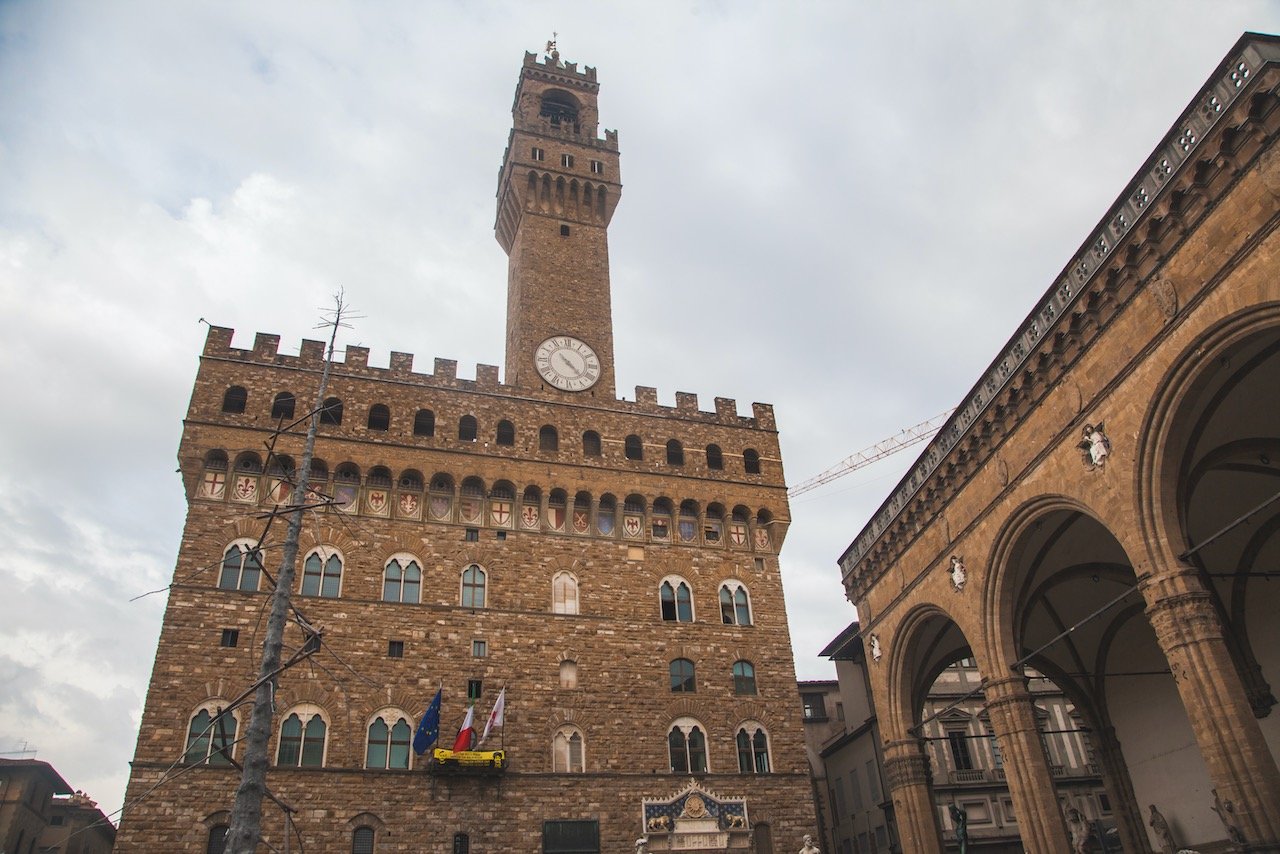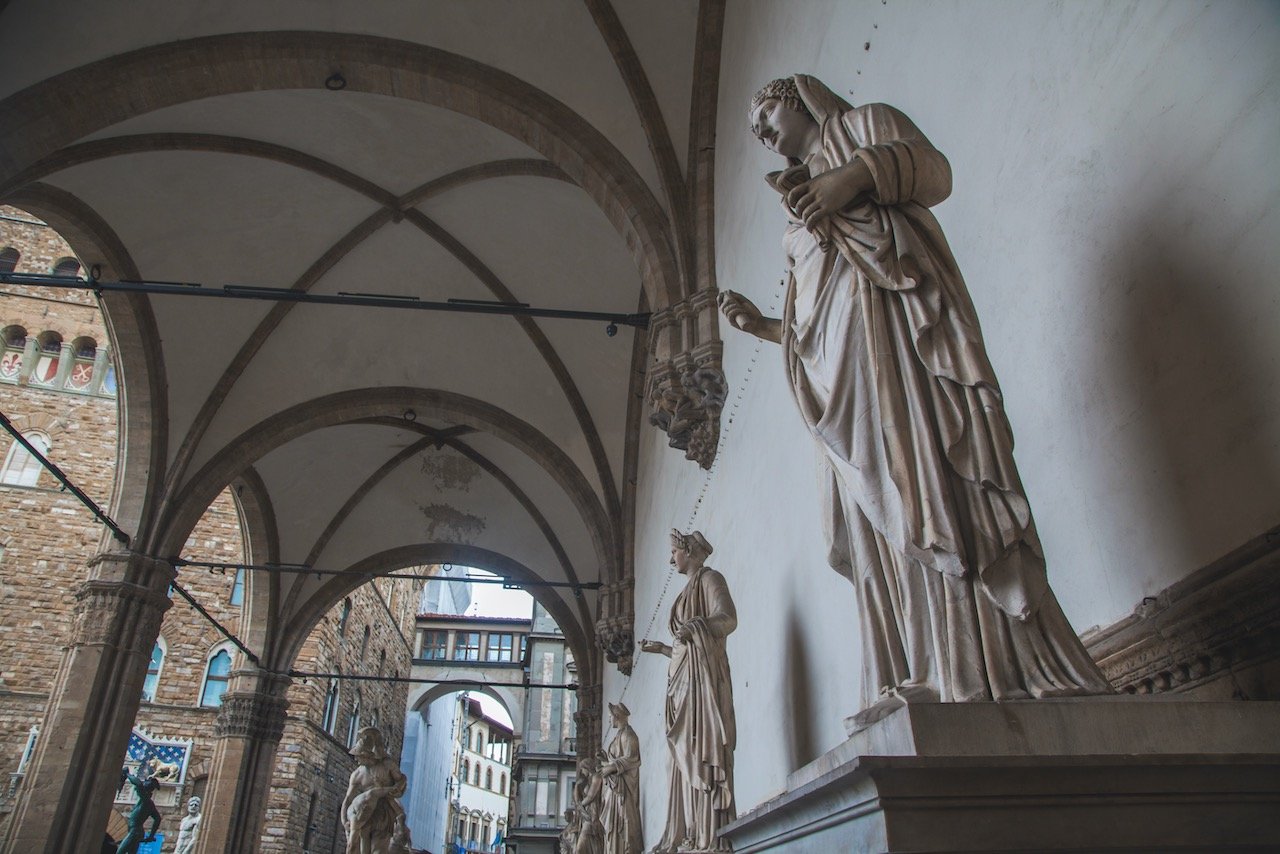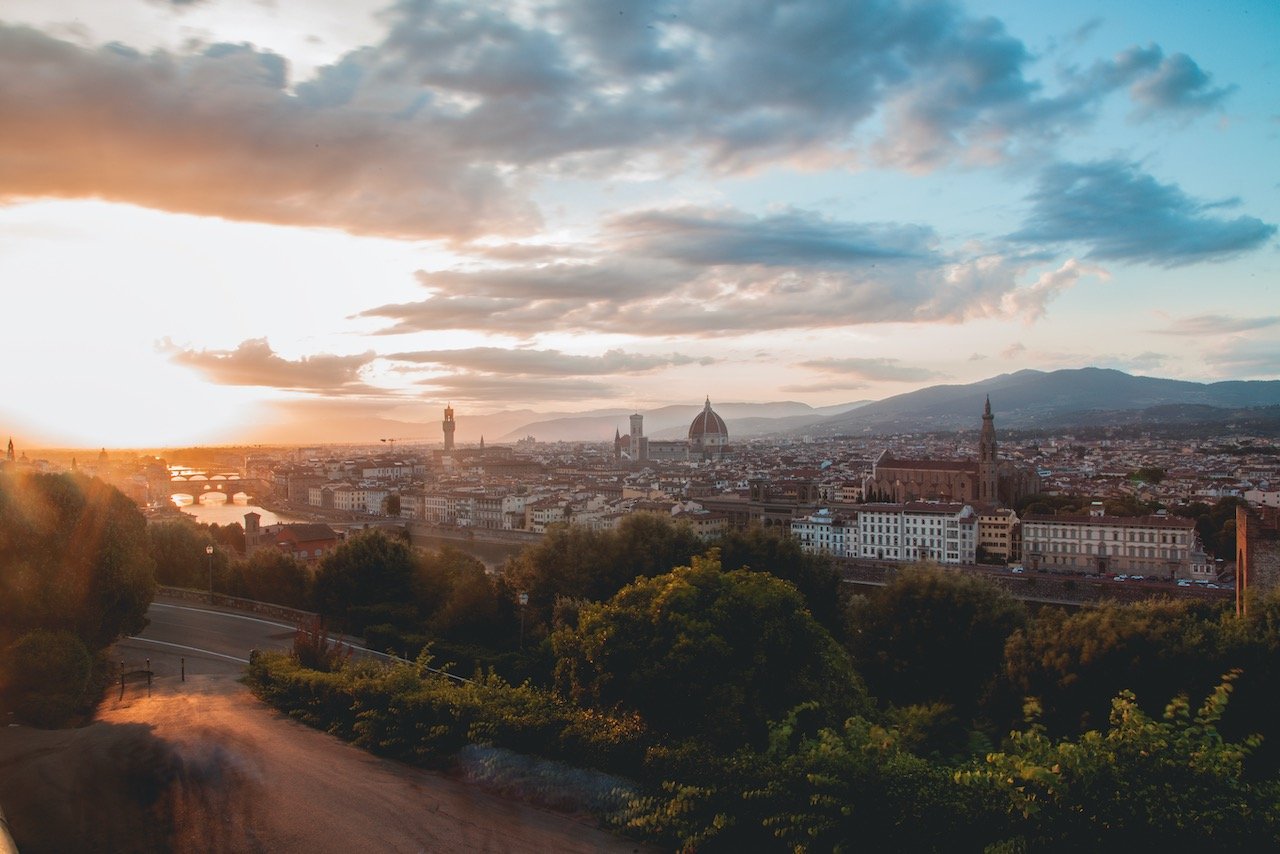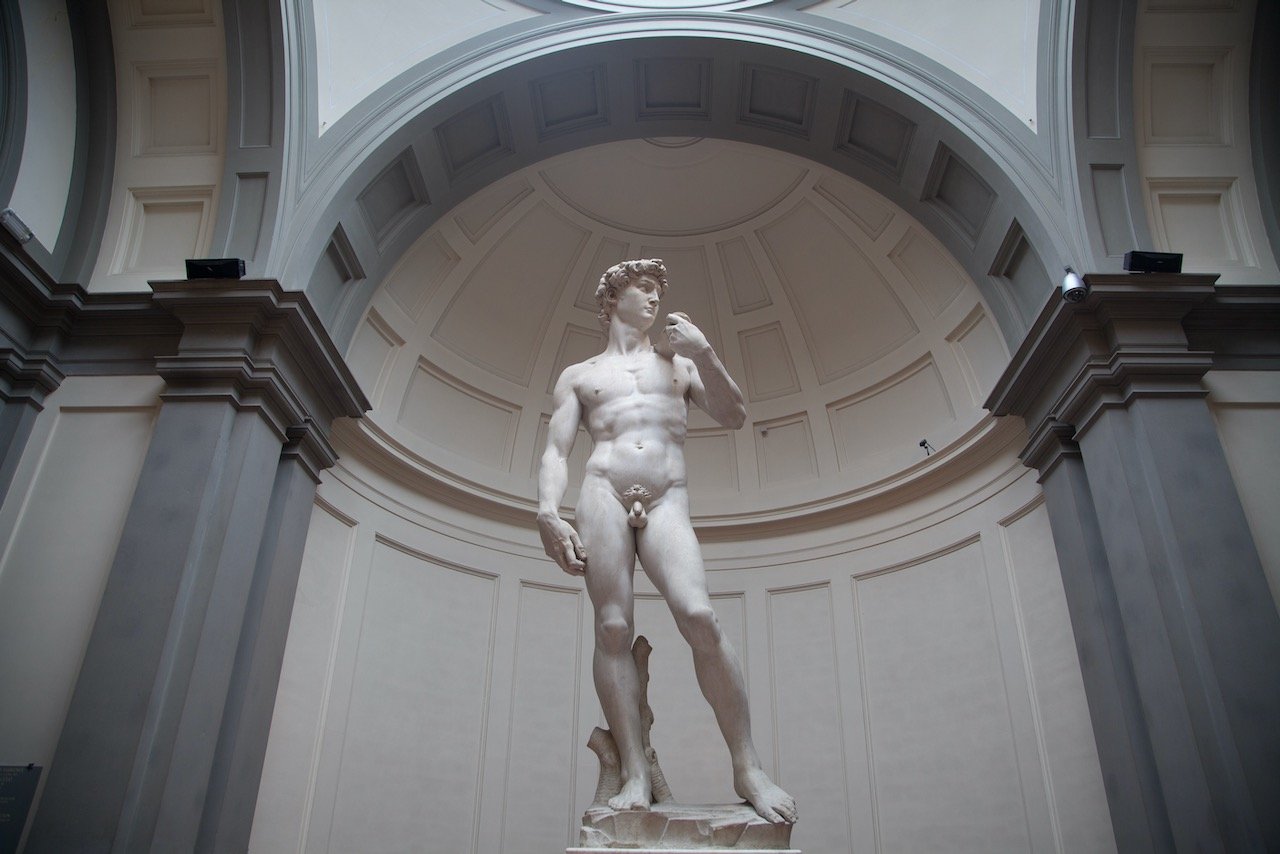Florence: One of the best cities in Italy
(Some links in this post are affiliate links. If you click through and take action, I'll be compensated.) If you are also interested in any PRINTS from any of my posts, be sure to check out my store where you can buy prints as posters, in metal/wooden frames or on canvas.
The city of Florence (or Firenze) lies in Tuscany, a region in Italy known for its wine, hilltop towns, and dramatic landscapes. The city is essentially a treasure trove of art, scattered across many of the cities’ galleries and museums. Florence was considered the center of medieval European due to its great wealth, derived from the fields of trade and finance. It is where the Renaissance started, and has a rich and shaky political history, dominated by rule from the Medici family (among others).
What I loved about Florence the most was just how much stuff you could do and see. Aside from the art, we never ever went hungry, with food stalls and cafes scattered all across the city, we could sample every Italian dish we wanted from an espresso, to eggplant parmesan, to Arrabiata pasta, and finally Tira misu.
If you have some extra time in your trip and want to see other great places in Italy, feel free to check out my posts on each village of Cinque Terre (Riomaggiore, Manarola, Corniglia, Vernazza, and Monterosso al Mare), just a 2 hour train ride away from Florence or the city of Venice.
Our journey to Florence started with taking a flight to Florence Peretola Airport (FLR) and taking the tram T2 to the city center (Stop: Alamanni - Stazione Santa Maria Novella). We managed to stay right next to the Basilica di San Lorenzo, perfectly situated within walking distance to the Duomo.
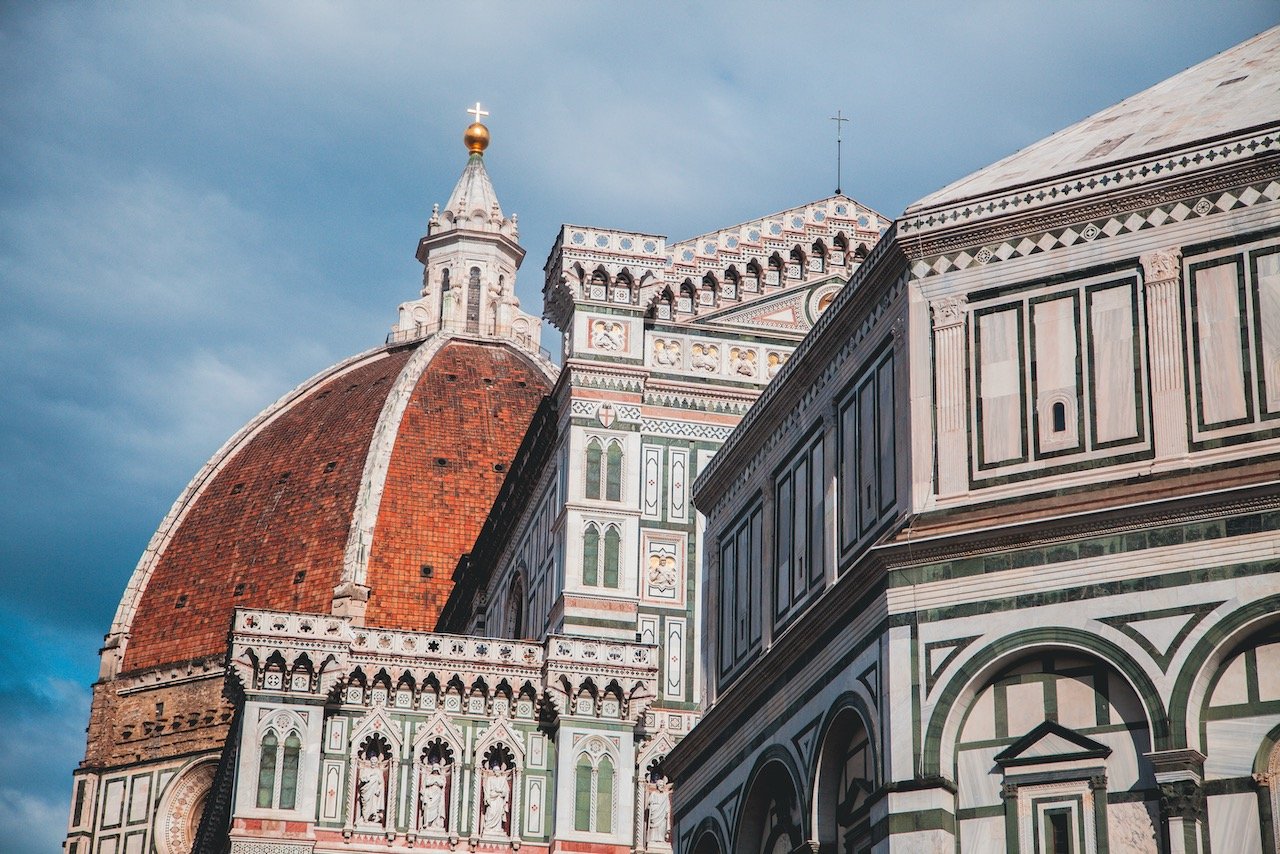
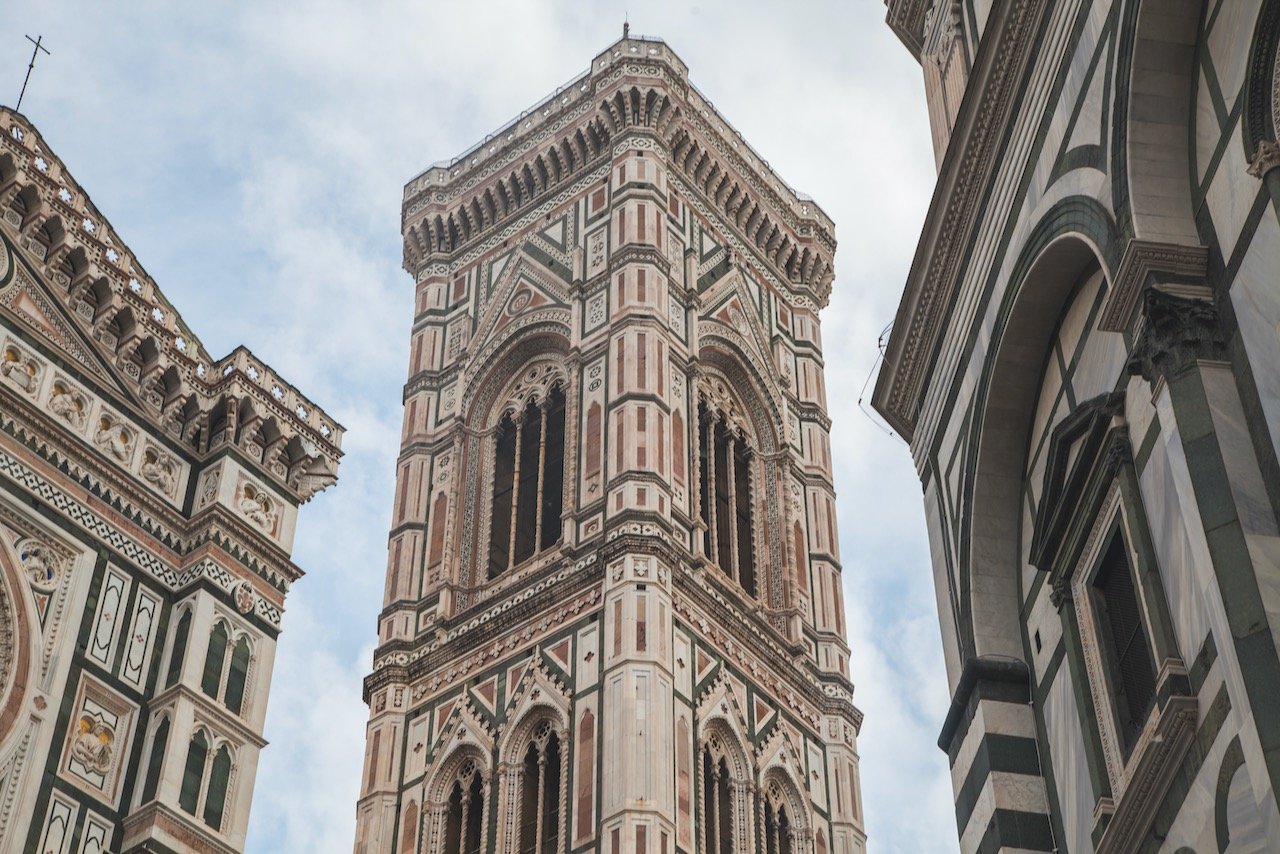
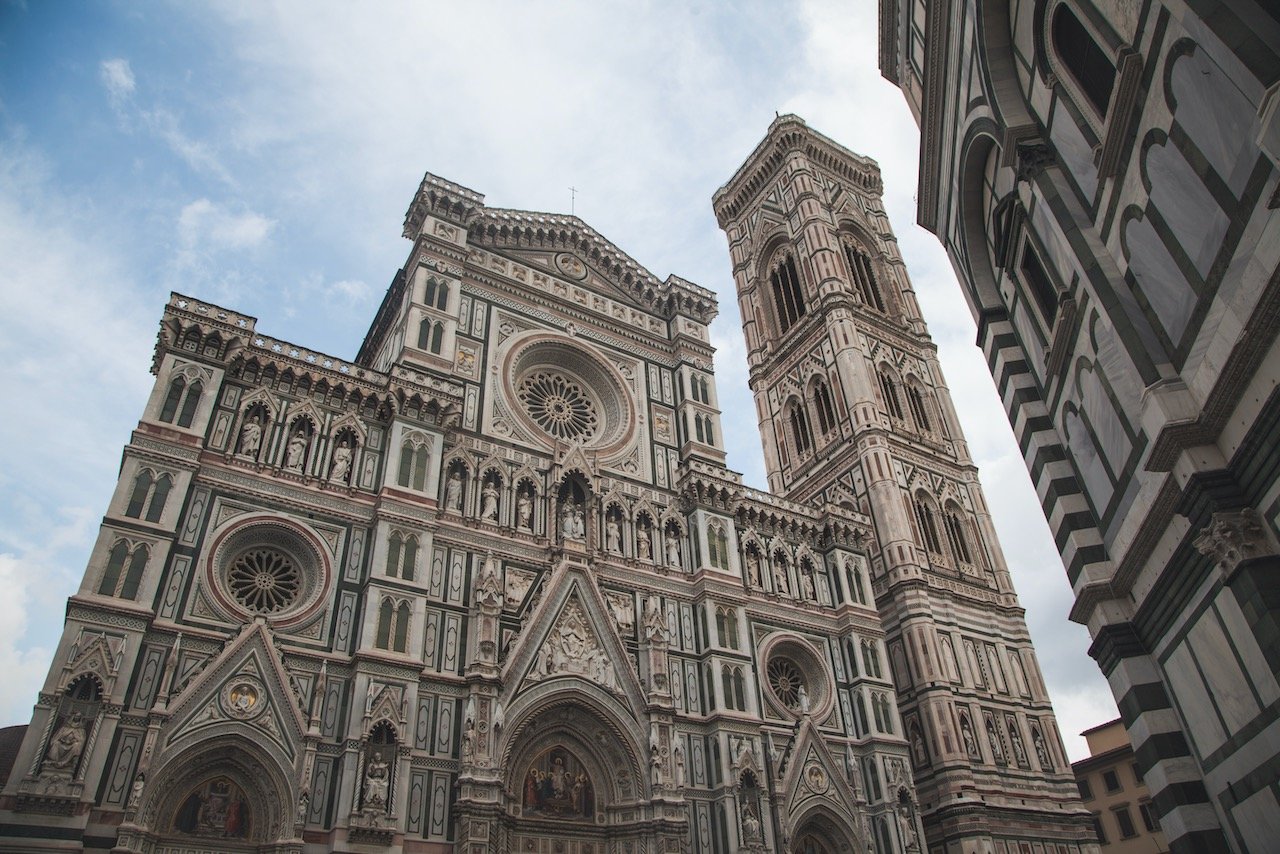
The Cathedral of Santa Maria del Fiore is also known as the Duomo. This is because ‘duomo’ is derived from the Latin word domus, which means ‘house’ in the same way that a cathedral is the ‘house of God’. Construction was begun in 1296 in the Gothic style and was completed in 1436 (structurally rather, but the overall decoration was not done until many centuries later). What I specifically love about the cathedral is the pink and green marble panels on the front facade, it gives the cathedral a rather unique look. All the construction details are extensive, so I recommend learning more about it while you’re there, don’t want to give too much of it away!
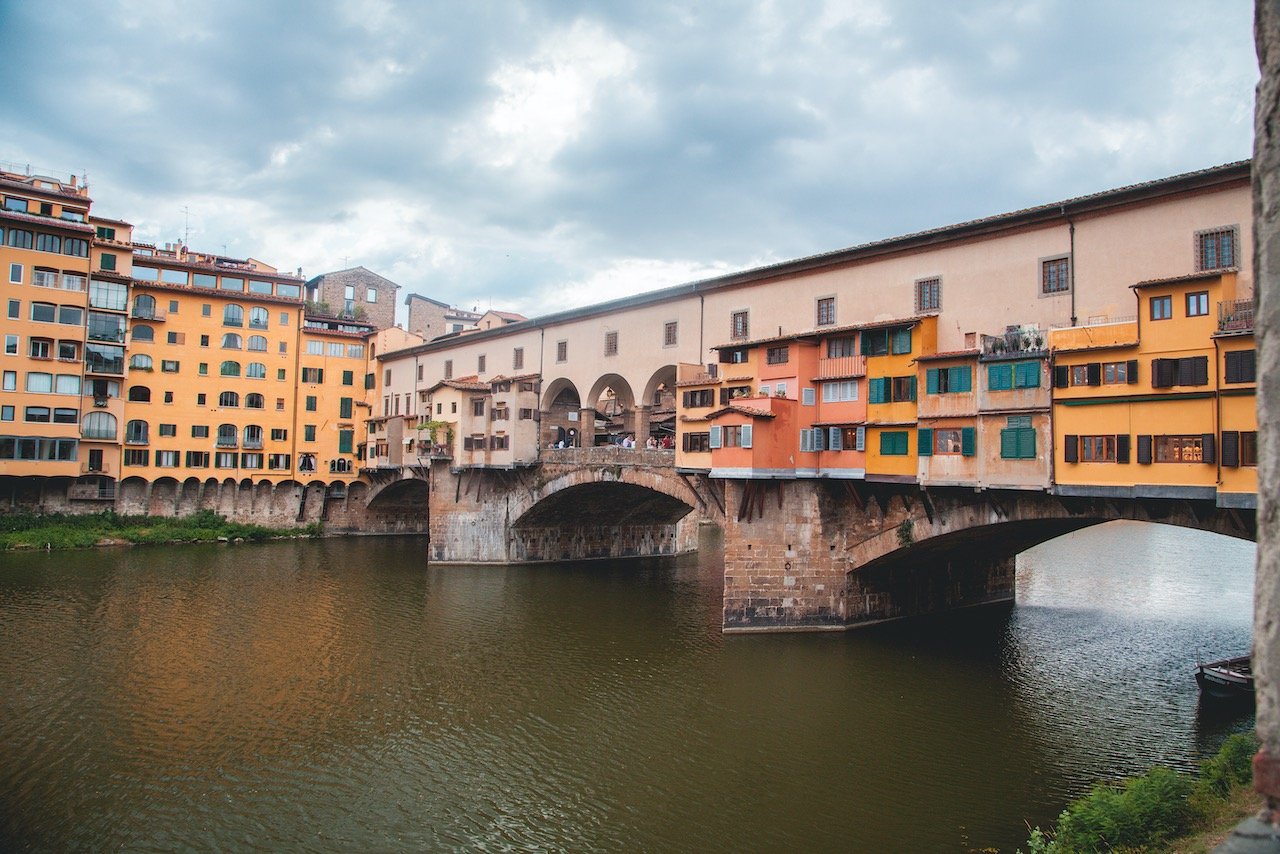
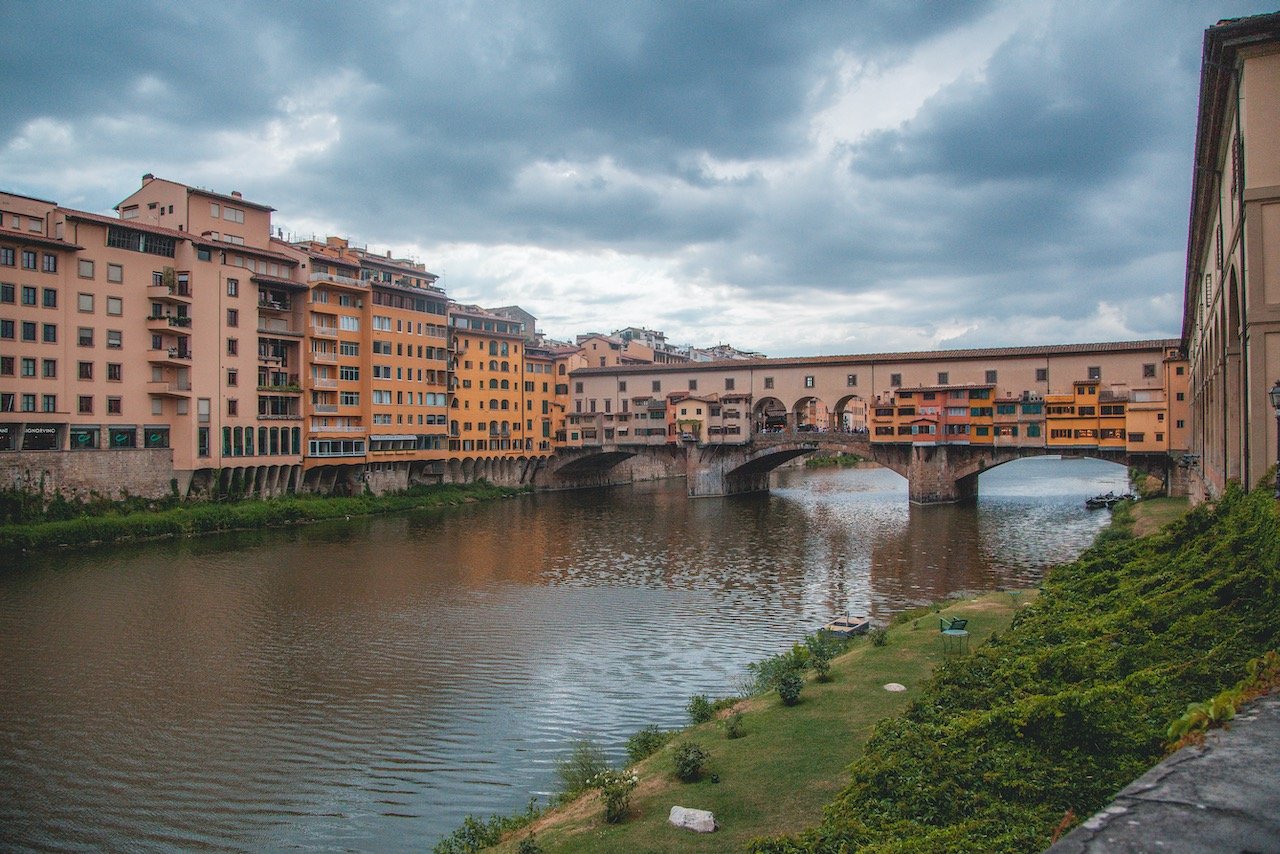
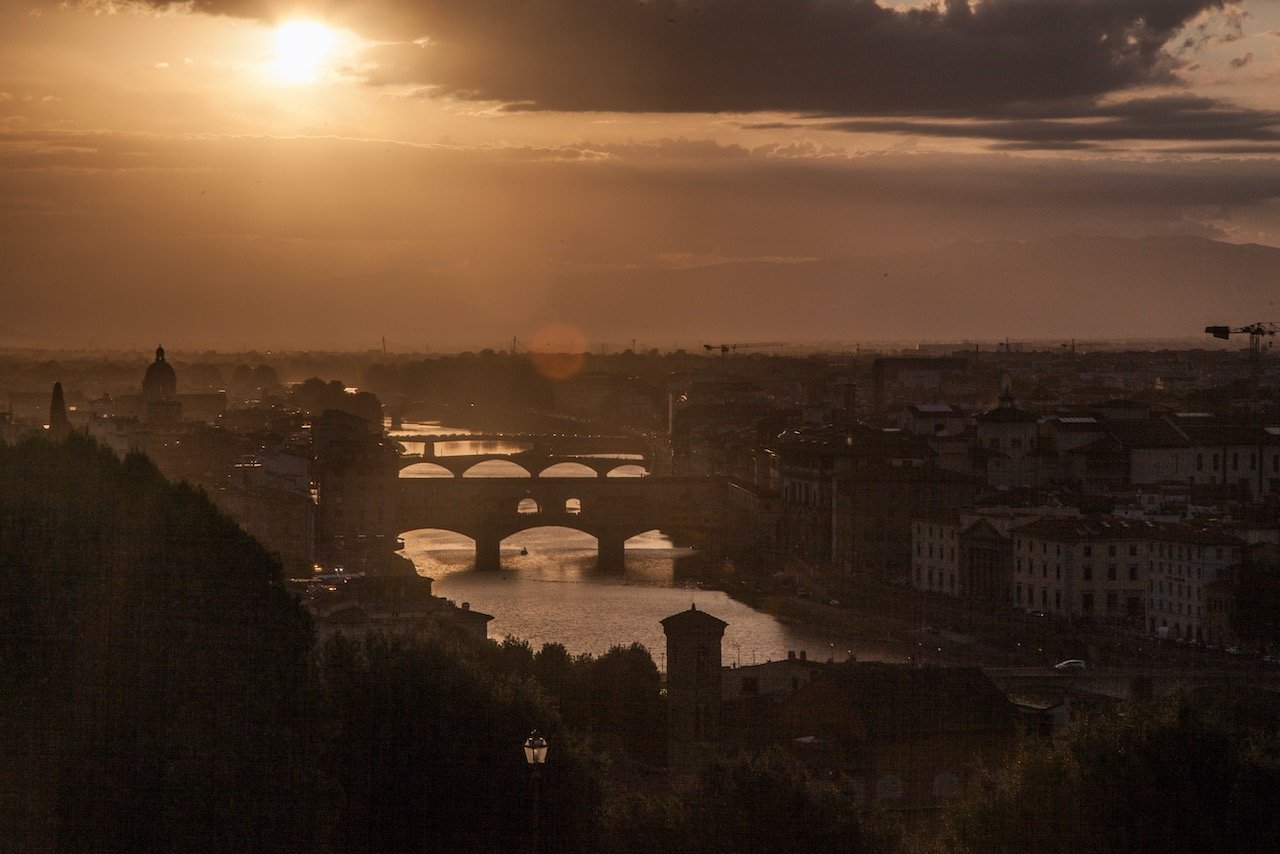
There isn’t just the main cathedral that makes up the Duomo. There are several parts of it to see, including:
Brunelleschi's Dome (Cupola di Brunelleschi) - measuring 45.5 meters in diameter, it was completed between 1420 and 1436 by Filippo Brunelleschi. The Dome itself is quite the architectural achievement since there is no supporting structure for it, as it is held together by a variety of arches, ribs, and bricks elaborately arranged in a ‘herringbone’ pattern for it stability. You can get a great view of the done from the Campanile.
Giotto's Bell Tower (Campanile di Giotto) - standing about 84.7 meters tall, it is an example of 14th century Gothic architecture in Florence. What is particularly cool about the bell tower are the multiple levels you can stop at for photo opportunities; there are about 3 or 4 different ‘open’ levels you can relax at, taking in different parts of the city.
Cathedral - the main part of the Duomo complex, it is the only portion that has free entry. It is 153 metres long, 90 metres wide at the crossing, and 90 metres high. At the time of its completion, it was the largest cathedral in all of Europe. Since the symbol of the city of Florence is a lily, the cathedral was dedicated to Santa Maria del Fiore, known as the the Virgin of the Flower.
Duomo Terraces - currently still used by those in charge of cathedral maintenance, they are also open to visitors. These terraces are located on the sides of the cathedral roof, spanning the length of the structure. What I like most is that they offer great views of the city below WITHOUT being inhibited by wire mesh or coverings.
The Ponte Vecchio is more than just a bridge, it is the first segmental arch bridge built in the West and was considered to be a great engineering marvel during the Middle Ages. It was built by Taddeo Gaddi in 1345 and today houses shops including many jewelers, art sellers and antique boutiques.
Parallel to it stands the Ponte Santa Trinita bridge. This Renaissance bridge is the oldest elliptic arch bridge in the world spanning 32 meters in length and flanked by the Ponte Vecchio, to the east, and the Ponte alla Carraia to the west. Unfortunately, in August 1944, the bridge was destroyed by retreating German troops to be rendered unusable by the incoming British Army but the bridge was reconstructed in 1958 using some of the original stones.
If you like some of my photos that you have come across, just know that I have many prints showcasing a variety of landscapes, including Italy, available for purchase below! (Sold as Posters, Canvas, or in Metal-Frames and Wooden-Frames).
